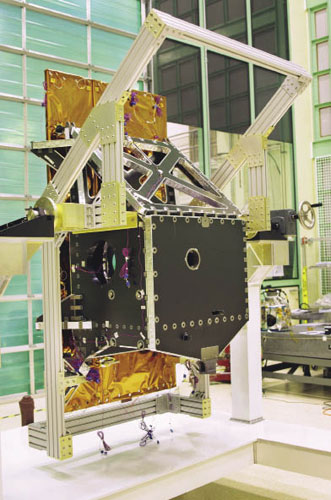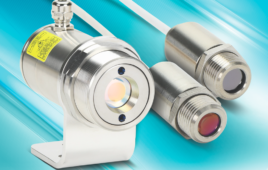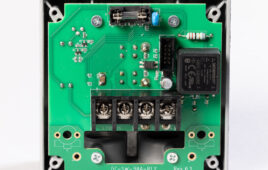When NASA’s latest earth-observation satellite, the Landsat Data Continuity mission launched into orbit, it carried mission-critical cooling components from k Technology. Once thoroughly tested in orbit, the satellite will be known as Landsat 8.

A thermal spreader constructed from k-Core APG encapsulated within aluminum keeps sensitive components cool in the Landsat 8 satellite.
It will monitor environmental, natural and man-made changes to the Earth’s surface using two sensitive data-collecting instruments, the Operational Land Imager and the Thermal Infrared Sensor (TIRS). Throughout the mission, internal heat generated by the satellite’s electronics must continually reject the cold and vacuum of outer space, without maintenance and adjustments.
To meet this thermal challenge, NASA used Thermacore’s thermal management technologies to create three thermal systems designed to help the TIRS instrument operate at peak efficiency.
One of three solutions is a thermal spreader constructed from k-Core Annealed Pyrolytic Graphite (APG) encapsulated within aluminum. The thermal spreader will dissipate heat quickly; reduce high temperatures and variations in temperature, while keeping the delicate TIRS instrumentation significantly cooler than a traditional aluminum-based thermal design.
The TIRS components will also be protected by two additional solutions that supply both thermal management and structural support. The first is a thermal bracket that conducts heat from an 185K telescope to its radiator. The second is a large cryocooler-supporting bracket providing high heat conductance and strong support to ensure consistent thermal performance throughout the mission. In creating this component, Thermacore’s engineers created a lightweight, high-integrity, 20 lb bracket from 400 lb of encapsulated APG.
Thermacore
www.thermacore.com
Filed Under: Sensors (temperature)





Tell Us What You Think!